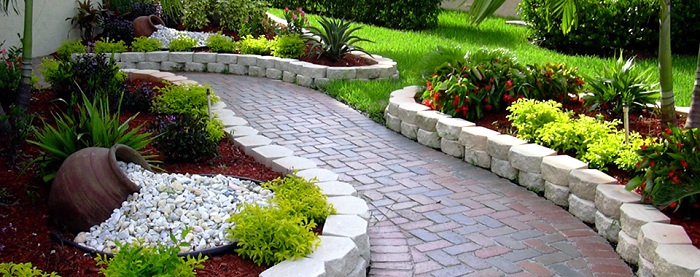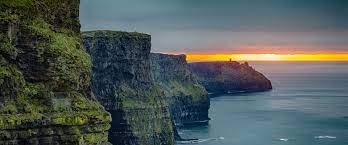Are you looking for a landscape designing company? Landscape designing comprises of many factors. If any one of the factors goes awry, your landscape will lose the glamour it is supposed to have. In this article, we will discuss about the various factors of landscaping that determine the beauty of your landscape.
Factors of Successful Landscape Designs
# Lines
Lines are the most important design elements. They connect people to the landscape and define space. A bold line is more professional than small wavy curves or zigzags.
# Unity
Unity is the organization of different objects into a group, so that it may form a meaningful story. Unity has the capability to hold the attention of a viewer.
# Texture
The relationship shared by the size of the twig with the foliage is called texture. It can be fine or course, thin or dense, heavy or light and light or with shade. In other words, texture is all about twig size, shape and size of leaves, shine of leaves, colors of leaves, spacing of twigs & leaves and many more factors.
# Form
The arrangement, direction and line of the twigs plus branches decide the form of a landscape. What you get as a result has an impact on the scale of the landscape. There are different types of forms that a reliable designer from kinglandscapeco.com can come up with. They are as follows.
- Rounded form
This is the most common form in plants. It creates a comfortable undulation, which is pleasing for the eyes.
- Horizontal and spreading
It stresses on the lateral breath and extent of space. This is also a pleasant form as it allows for natural eye movement.
- Weeping
This form emphasizes more on the ground than on the plant. People tend to see what is there below the weeping form.
- Vase-shaped
Trees shaped like a vase offer a canopy for people to gather under its shade.
- Pyramidal
Pyramidal forms should be sparingly used with its kind. It looks better with plants that have foliage in the ground.
# Scale
Scales are of 4 types. They are relative scale, absolute scale, high scale and low scale.
- Relative scale
It is more about the relative values or sizes of objects present in the landscape. Relative scale shares high proximity with color. It can have an effect of action and energy or even of peacefulness.
- Absolute scale
It is the relative value of a fixed structure like a house to the landscape.
- High scale
High scale indicates action. It is implemented to fill in space around large structures like big buildings. If high scale is used in a small area, the space will appear smaller.
- Low scale
Low scale brings a soothing ambience. Home landscapes make use of this scale to get an appearance of cozy peacefulness.
# Hue
Color is by far the most evocative of all factors that determine the success of a landscape. Color has a wide reaching impact on the landscape you want for your home or office garden. Different colors have different effects. Whether you want the impact to be relaxing or active with actions depends on your choice of colors.
While red stands for motivation, fame and power; yellow indicates optimism, happiness and inspiration. If green represents prosperity, beginnings and healing; blue depicts compassion, calm and serenity. On the other hand, orange color manifests captivation, joy and exuberance. Purple reflects spirituality, devotion and peace.
Now, that some of the facets of landscape designing have been discussed with you; hire a landscape designing company with experienced designers. They will see to it that your home or office garden looks exactly the way you want it to be.



